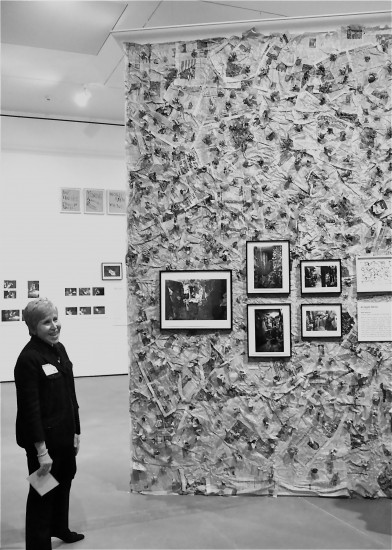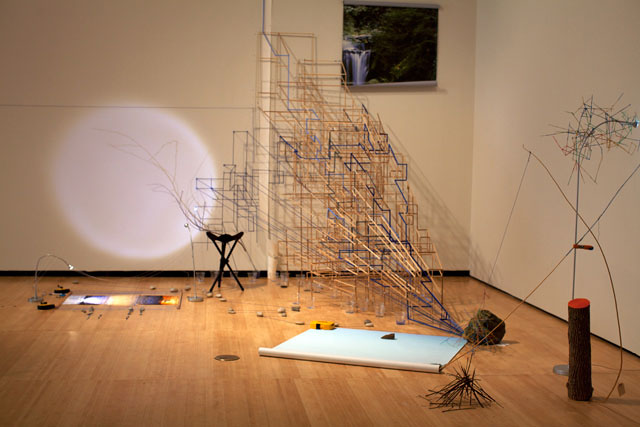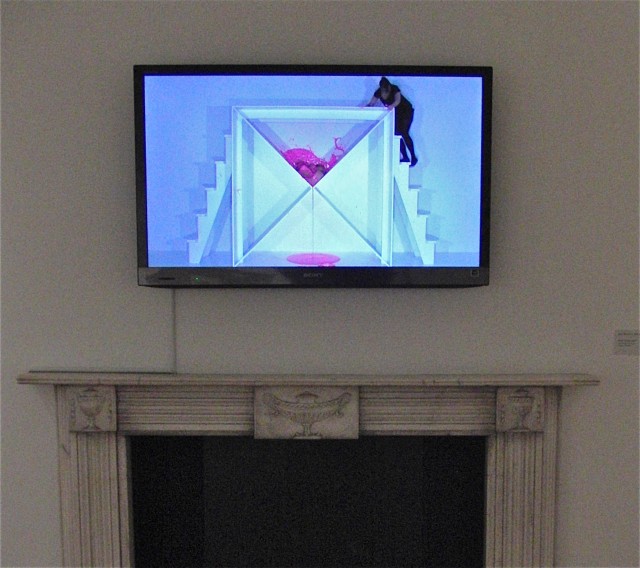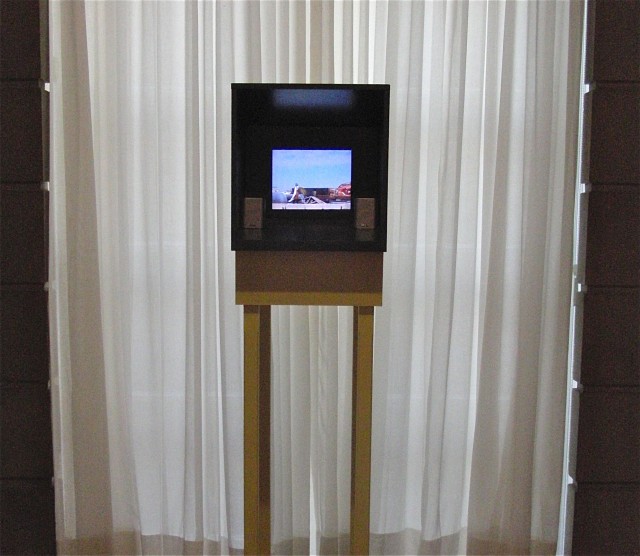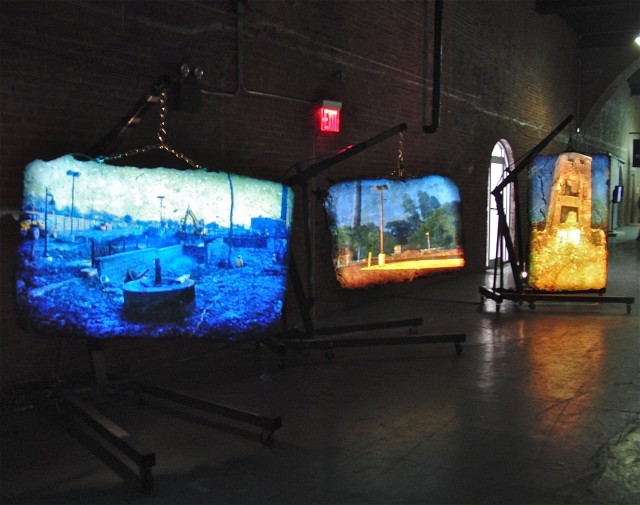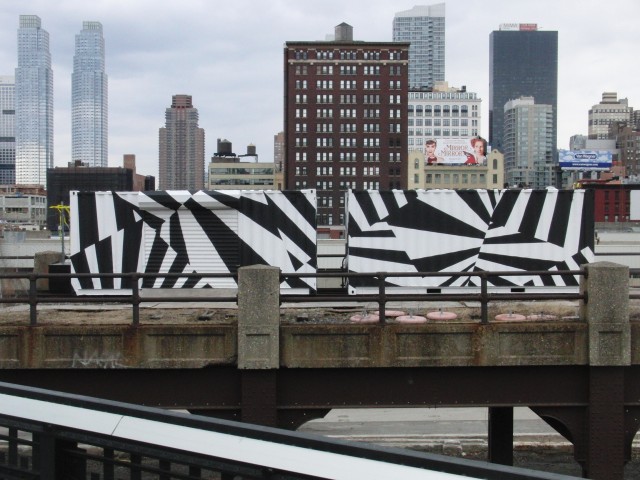Pace Gallery
534 West 25th St. between Tenth & Eleventh Aves.
Through Saturday, March 17
www.thepacegallery.com
For twenty-five years, the idea of putting on an exhibition detailing the Happenings movement that exploded in New York City during the late 1950s and early 1960s had been percolating inside Milly Glimcher, waiting for the right moment to emerge. That time has come, as the art historian and cofounder of the Pace Gallery (with her husband, Arne) has at last unveiled a surprisingly welcoming show that explores a very specific corner of the development of performance art in downtown Manhattan, complete with all the requisite characters and chaos. Arranged somewhat chronologically by artist, “Happenings: New York, 1958-1963” details extremely low-budget creative gatherings staged by such seminal figures as Red Grooms, Jim Dine, Allan Kaprow, Claes Oldenburg, Carolee Schneeman, and Robert Whitman, with original artwork, photographs, programs, scripts, film clips, advertisements, and other ephemera collected by Glimcher as she met with all of the surviving artists. Many of the photos were taken by Robert McElroy, who died of Alzheimer’s disease shortly after the exhibition opened. Other participants in the events, which took place at such locations as Judson Church, the Reuben Gallery, and the Delancey Street Museum, included Lucas Samaras, Trisha Brown, Tom Wesselman, Yvonne Rainer, and Robert Rauschenberg. Glimcher has done a splendid job curating the exhibition, allowing visitors to delve in as deep as they want as they wander through sections dedicated to Grooms’s “A Play Called Fire,” Dine’s “Car Crash,” Kaprow’s “18 Happenings,” Oldenburg’s “Snapshots from the City,” Schneeman’s “Quarry Transposed,” and others. It would have been easy for “Happenings” to have turned into a “You had to be there” experience, but instead it offers more than just a taste of what it was all like.
